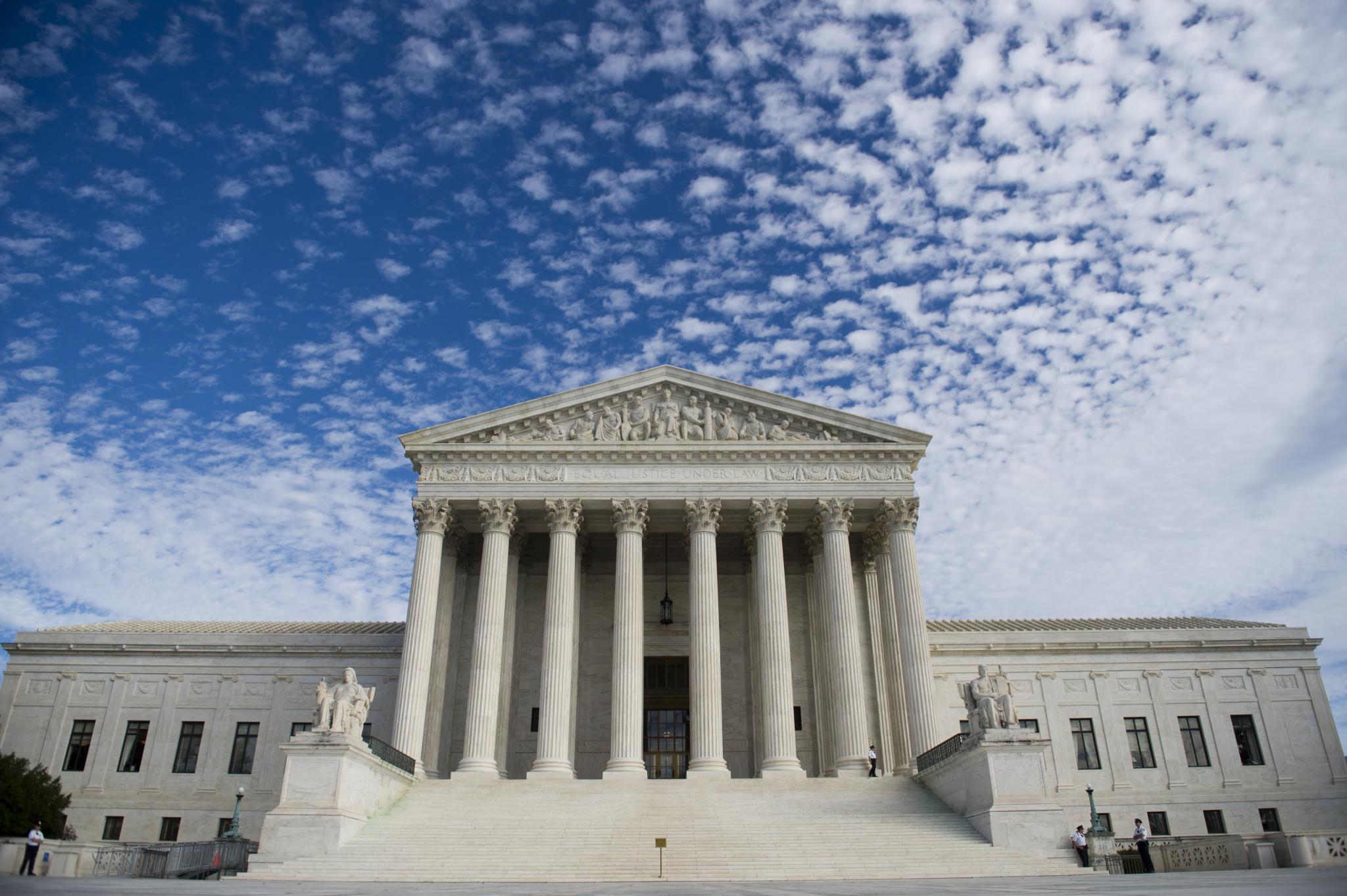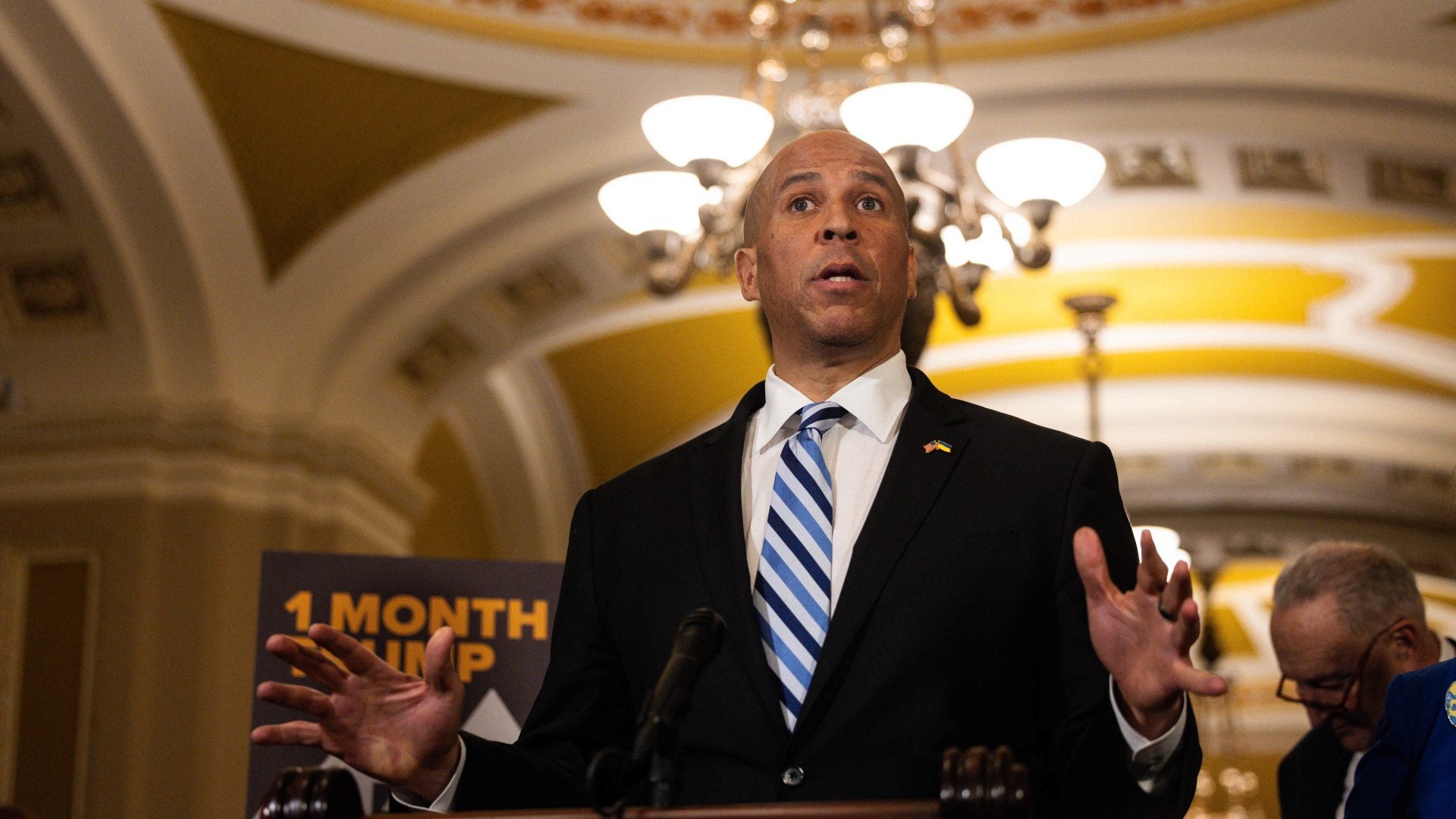
Diversity in higher education still matters. The shadow of slavery and present-day slanted socio-economic policies continue to deny Black students access to top universities in far greater numbers than their White counterparts. While affirmative action programs have been one of few functional remedies, challenges to weaken if not eliminate it remain.
The landmark 1978 University of California v. Bakke U.S. Supreme Court (the Court) affirmative action case held that racial quotas could not be used in admissions, but that race could be considered as a factor to promote diversity in the classroom. In a direct challenge to Bakke, the Fifth Circuit Court of Appeals held in 1996 in Hopwood v. Texas that race could not be a factor in admission. This meant that public institutions in Texas, Louisiana and Mississippi could not consider race to reach its diversity goals. The University of Texas appealed, but the Court declined to hear the case.
In 2003, the Court decided more challenges to affirmative action. In Gratz v. Bollinger the Court held that the admissions policy at the University of Michigan’s undergraduate program, which granted points to minority applicants, was unconstitutional because the point system did not allow for individual review of the applicants. In a separate challenge that same year, the Court, in Grutter v. Bollinger, held that the University of Michigan’s law school admissions policy was constitutional because it considered race along with other factors.
The Bakke and Bolinger cases made clear that affirmative action policies are only constitutional if they consider race as a factor in an individualized review and only for the goal of achieving diversity in the classroom. In writing the majority opinion in 2003 in Grutter, Justice Sandra Day O’Connor said “we expect that 25 years from now, the use of racial preferences will no longer be necessary to further the interest [in student body diversity] approved today.”
#StayMadAbby Circulates as Supreme Court Deliberates Affirmative Action
In just 12 years since Grutter, the Court is now poised to decide whether diversity in higher education still matters and whether affirmative action remains a viable tool to achieve it. Despite recent racial turmoil at predominantly White colleges and studies supporting the importance of diversity in higher education, the Court will decide Fisher v. University of Texas at Austin, the latest in a long line of cases where racially conscious decision making in college admissions is challenged.
Abigail Fisher, a White former applicant who was not admitted to the University of Texas at Austin (UT), claimed in a lawsuit against the University in 2008 that she was denied admission because she is White. The case was before the Supreme Court two years prior, but the Court sent it back to the lower court, which had ruled in favor of the policy, to perform more analysis of the university’s rationale for considering race and whether race-neutral alternatives could improve diversity on campus. The lower court upheld the policy and Fisher appealed.
UT admits the top 10 percent of all Texas public high school students. Fisher, who was not in the top 10 percent of her class, focuses her challenge on the admissions policies used to admit the remaining students. UT applies a “holistic” review, which considers an applicant’s leadership qualities, contributions to society, extra-curricular activities, socio-economic status and race. It is noteworthy that UT maintains that Fisher would not have been admitted to UT even if she were a minority, because she had mediocre grades and SAT scores and did not demonstrate the leadership qualities desired.
During last Wednesday’s argument, Justice Antonin Scalia suggested that rather than place unprepared Black students in a top state school like UT “where they do not do well,” they should be sent “to a less-advanced school, a slower-track school where they do well.”
Scalia’s suggestion erroneously assumes Black students admitted at UT and other top schools are poorly prepared and under perform. Notwithstanding, perhaps it is Abigail Fisher, rather than the minority students UT admitted in her place, who benefitted from a slower-track, less advanced institution. Given her mediocre credentials, if Justice Scalia is correct, Ms. Fisher should have done well at Louisiana State University, the school she ultimately attended and graduated.
Universities must be able to obtain a diverse student body to combat racial stereotypes and encourage diverse ideas in the classroom. The mere fact the Court agreed to hear Fisher again is not a good sign for affirmative action as it signals that the Court does not believe the issue is settled.
Midwin Charles is founder of the law firm Midwin Charles & Associates LLC. She provides regular commentary on law, pop culture and politics for various television shows & networks—including New Day, Legal Views, and CNN Tonight on CNN; Nancy Grace on HLN; and Hardball with Chris Matthews on MSNBC; and serves as a guest host for Express Yourself on New York’s 107.5 WBLS-FM. Follow her on Twitter @midwincharles.





